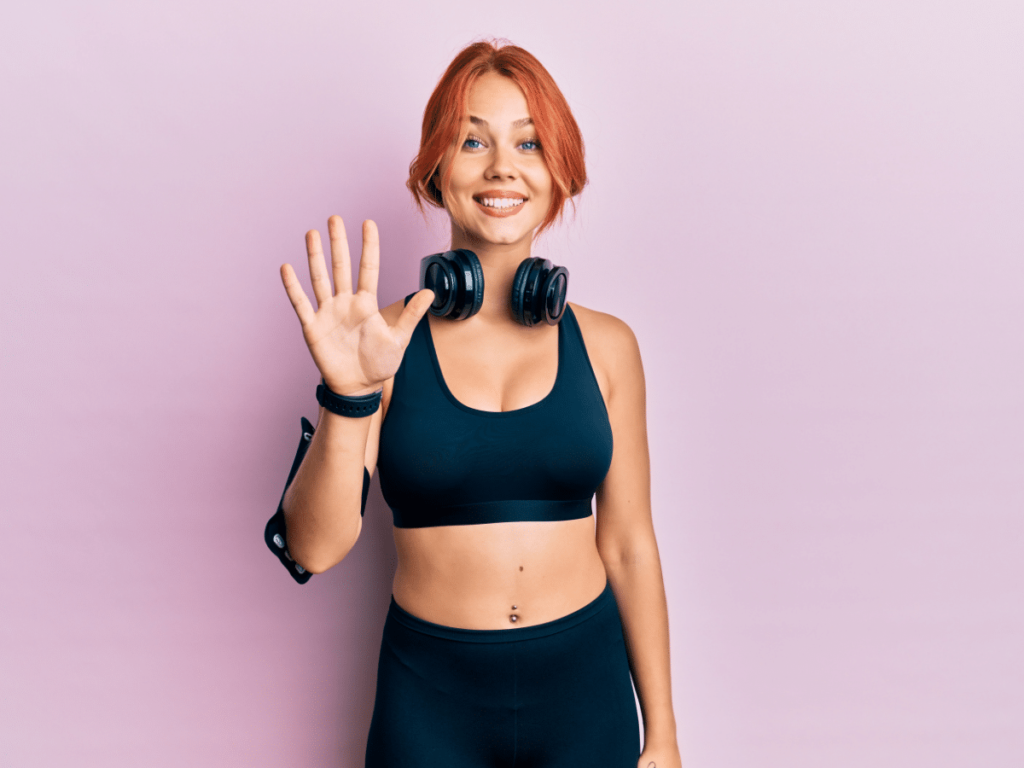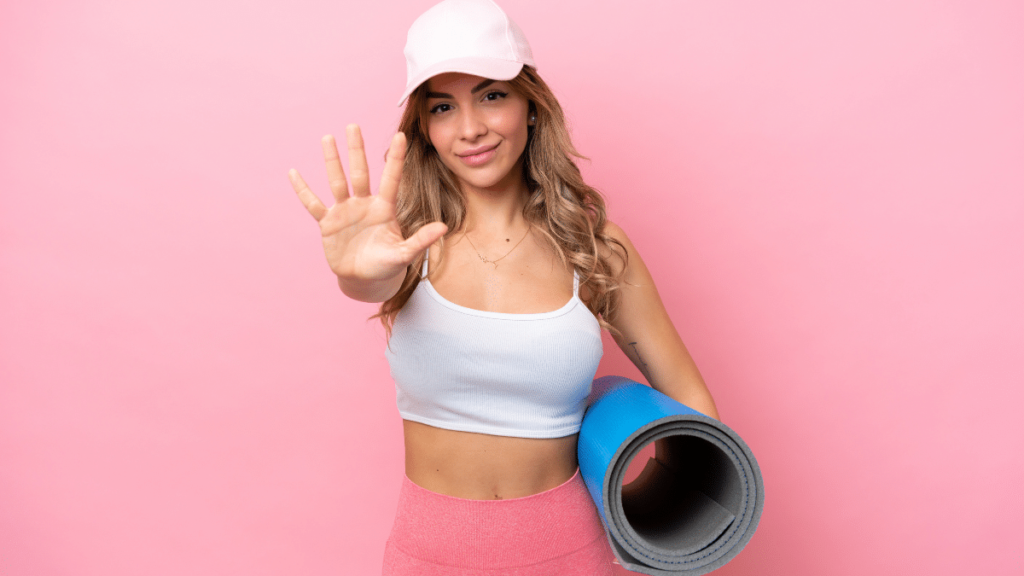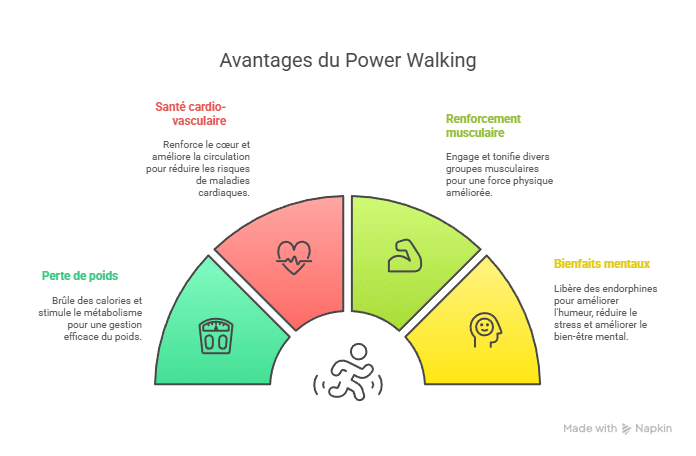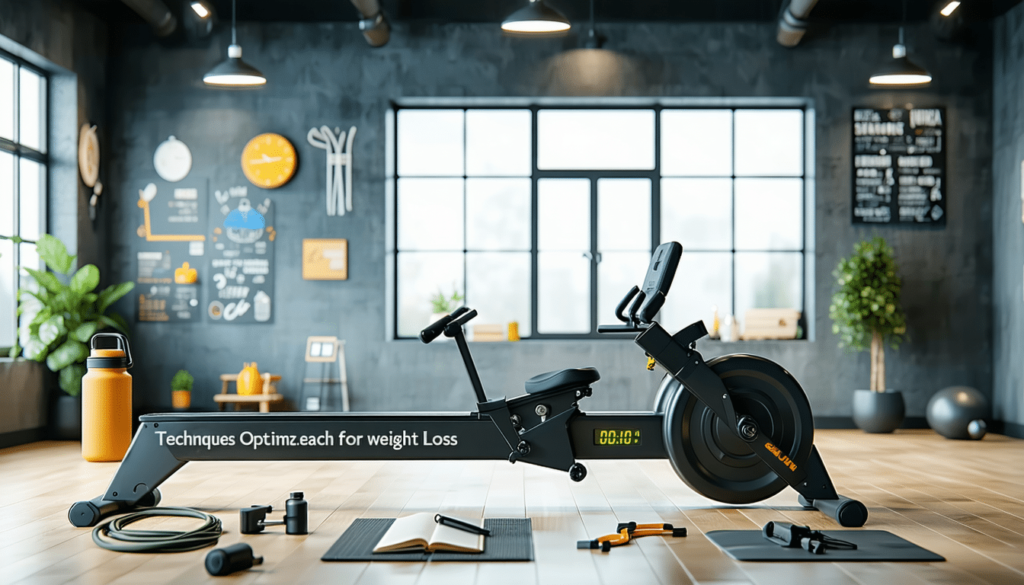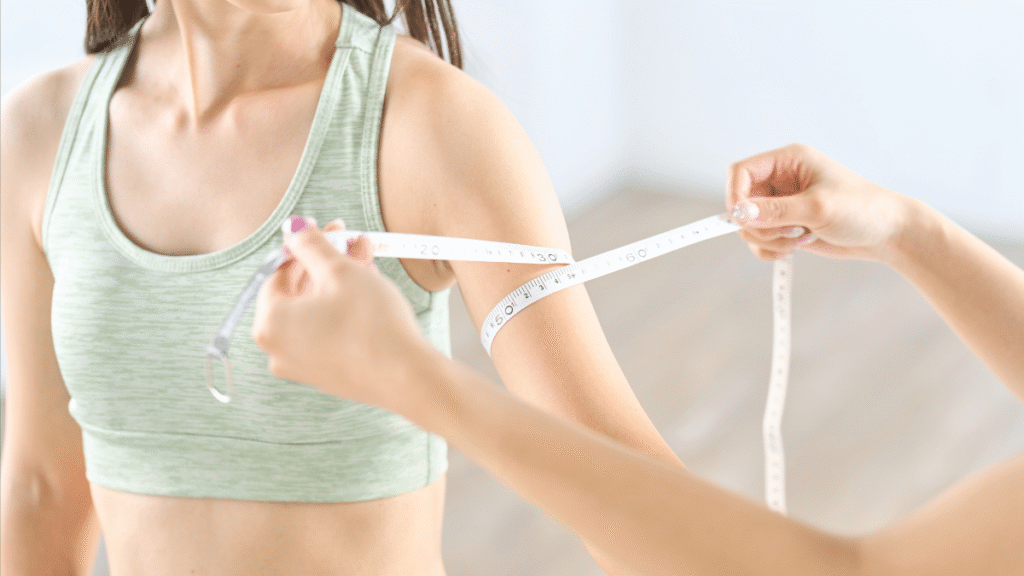Pilates, a gentle yet powerful exercise method, stands out as a true key to transforming both body and mind, especially after the age of 50. Founded by Joseph Pilates in the 1920s, this discipline offers a unique approach to strengthening muscles while respecting physical limitations. Let’s explore how this practice can be a valuable ally for those over 50.
Why Choose Pilates After 50?
At this stage of life, the body undergoes notable changes, including loss of muscle mass and increased stiffness. Here are some key benefits of Pilates for seniors:
– Improved posture: Targeted exercises strengthen postural muscles, reducing back pain.
– Increased flexibility: Stretching during sessions promotes better joint mobility.
– Muscle strengthening: Gentle movements work deep muscles without placing excessive impact on the joints.
– Stress reduction: Controlled breathing and focusing on movement help achieve a state of relaxation, bringing lightness to the mind.
An Overview of Exercises Adapted for Seniors
Pilates consists of adaptable exercises, perfect for safely starting after 50. Here are some particularly effective movements:
– The Hundred: Strengthens the abs while improving breathing.
– The Roll Up: Mobilizes the spine while stretching the back.
– The Leg Circles: Helps improve leg and hip mobility.
– The Bridge: Strengthens the glutes and enhances posture.
By practicing these exercises regularly, you’ll quickly notice significant improvements in your flexibility and energy.
How to Integrate Pilates Into Your Daily Routine
To get the most out of Pilates, it is essential to engage regularly. Here are a few tips for beginners:
1. Start gradually: Aim for sessions of 30 to 45 minutes, two to three times a week. Consistency is key to your progression.
2. Listen to your body: Each session should be an opportunity to get to know your limits. If a movement causes pain, it’s imperative to adjust or replace it.
3. Enroll in suitable classes: Joining a class for seniors or beginner-oriented sessions can provide helpful guidance.
An additional tip is to leverage online resources. Many videos and tutorials can guide you in learning the basics in the comfort of your home.
Inspirational Testimonials from Those Who Took the Leap
Many individuals who have taken up Pilates after 50 report a significant improvement in their well-being. These stories highlight not only physical transformations but also gains in self-confidence. You can read on platforms like this dedicated page for testimonials showing how transformative this practice can be.
Enhancing Your Diet in Parallel
One often overlooked aspect of adopting a new physical routine is the importance of a balanced diet. Be sure to incorporate nutrient-rich foods like:
– Lean proteins
– Varied fruits and vegetables
– Whole grains
These dietary choices, combined with Pilates, will help maximize the benefits of your practice and support optimal health.
In conclusion, Pilates proves to be a rewarding activity for those looking to strengthen their bodies and soothe their minds after 50. Whether you are a novice or looking to deepen your practice, this method offers a range of possibilities for sustainable well-being. To learn more on the topic, check out specialized articles like this one on the most comprehensive movements for seniors.


